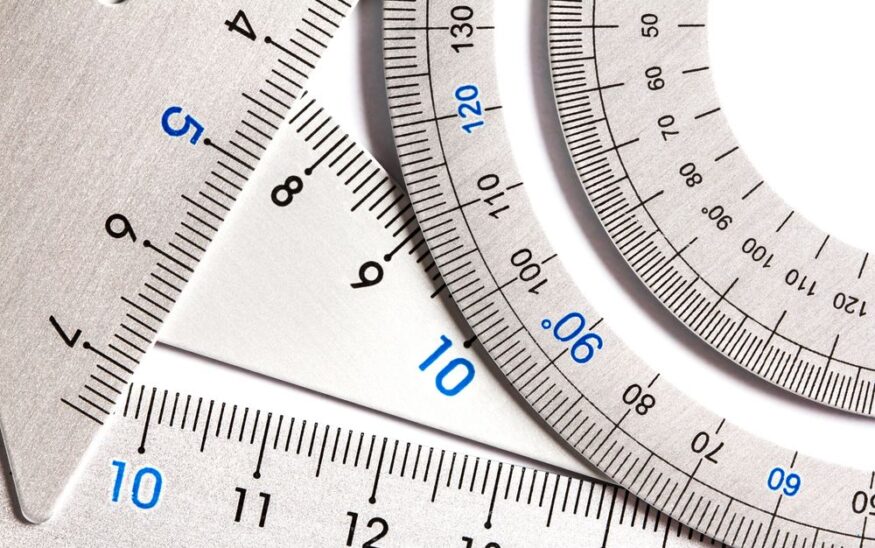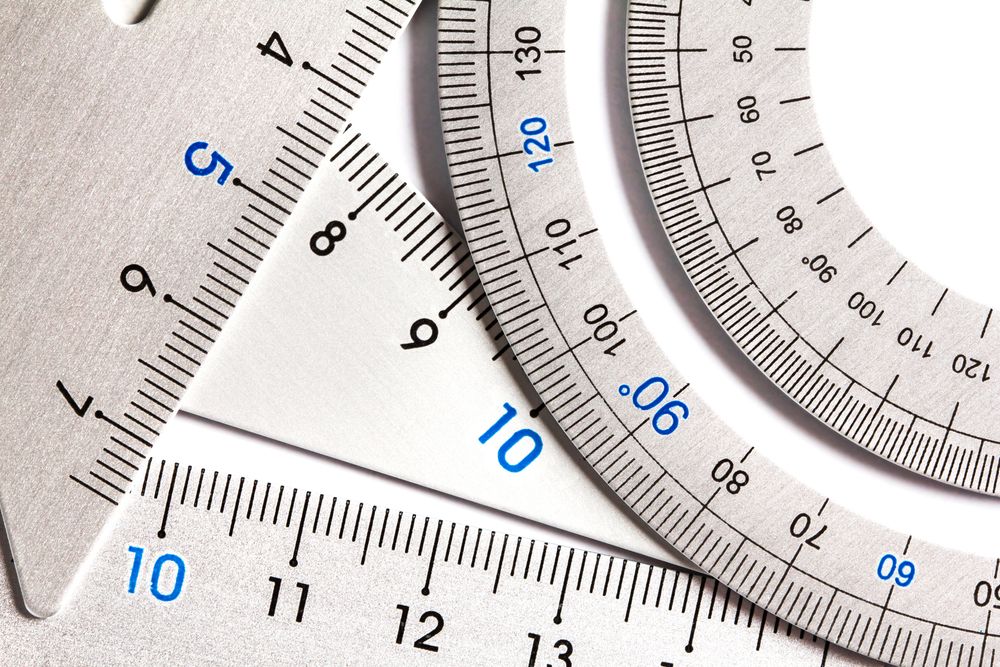Are the unemployment numbers a lie?
What job stats lack in accuracy, they make up for in consistency
David Sneed //January 30, 2017//


Are the unemployment numbers a lie?
What job stats lack in accuracy, they make up for in consistency
David Sneed //January 30, 2017//

All measurements are arbitrary.
The American system of measuring distance, for instance, depends on the foot which we all know as 12 inches. Now, even though I can measure my own foot at 14 inches, I still accept the common definition of a foot. We all do. In all 50 states, the foot is the same arbitrary 12 inches.
And we need this type of uniformity, especially when it comes to standardizing things like football fields and the speed of ballistic missiles, but also for marking property lines and creating maps.
Equally important, we know this unit hasn’t changed over time, so we can compare events from today with events in the past. A 1947 surveyor said my property begins 107’ south of a pin in the ground. No matter how arbitrary the length of a foot, a modern surveyor can measure 107 feet today and find the same spot they found in 1947.
Which brings me to unemployment statistics: The scale with which the federal government counts the unemployment rate is arbitrary, too. There are some people who say that underemployed workers should be classified as unemployed, or that people who quit looking for work are hidden in the numbers. Those points may well be true; however, those aren’t the definitions we’ve used in the past.
While the measures of unemployment may be arbitrary, they have remained the same since 1940.
And those people who say the unemployment rate is “actually much, much higher” are forgetting that the whole point of counting the employment rate at all is for us to compare today with some point in the past. Much like the foot, if we change the definition of unemployment, it ceases to be a useful tool.
But some people would like that.
If a foot became 6 inches tonight, I could run a 4-minute mile tomorrow. I’d be a fantastic athlete on paper since I’d go into the record books right next to a bunch of gold medalists. If unemployment measurements change to include the underemployed, the rate would jump to 26 percent on paper, and we could declare this the worst economy ever measured. If we change a bushel to 32 U.S. pints, we can double our agricultural yields—on paper.
But those wouldn’t really be true, would they? Sometimes I agree with changing scales, but not for universally measured data — and not for political reasons..
Colorado’s unemployment rate is 3 percent by the single scale we have always used. Some people will say it’s “actually” 26 percent, but they are attempting to deceive. The only way to compare rates of change in anything from bushels of wheat to unemployment rates is to use the same scale every year, no matter how flawed it is.
Pointing to the appendage below your shin to prove that the “foot” is inaccurate and should only be 10 inches is an incredibly stupid argument and misses the point. Every unit of measurement is arbitrary, but only a con-artist will try and change one of them—and it will always be to prove the point he is making.
























